SUMMARY
This is AI generated summarization, which may have errors. For context, always refer to the full article.
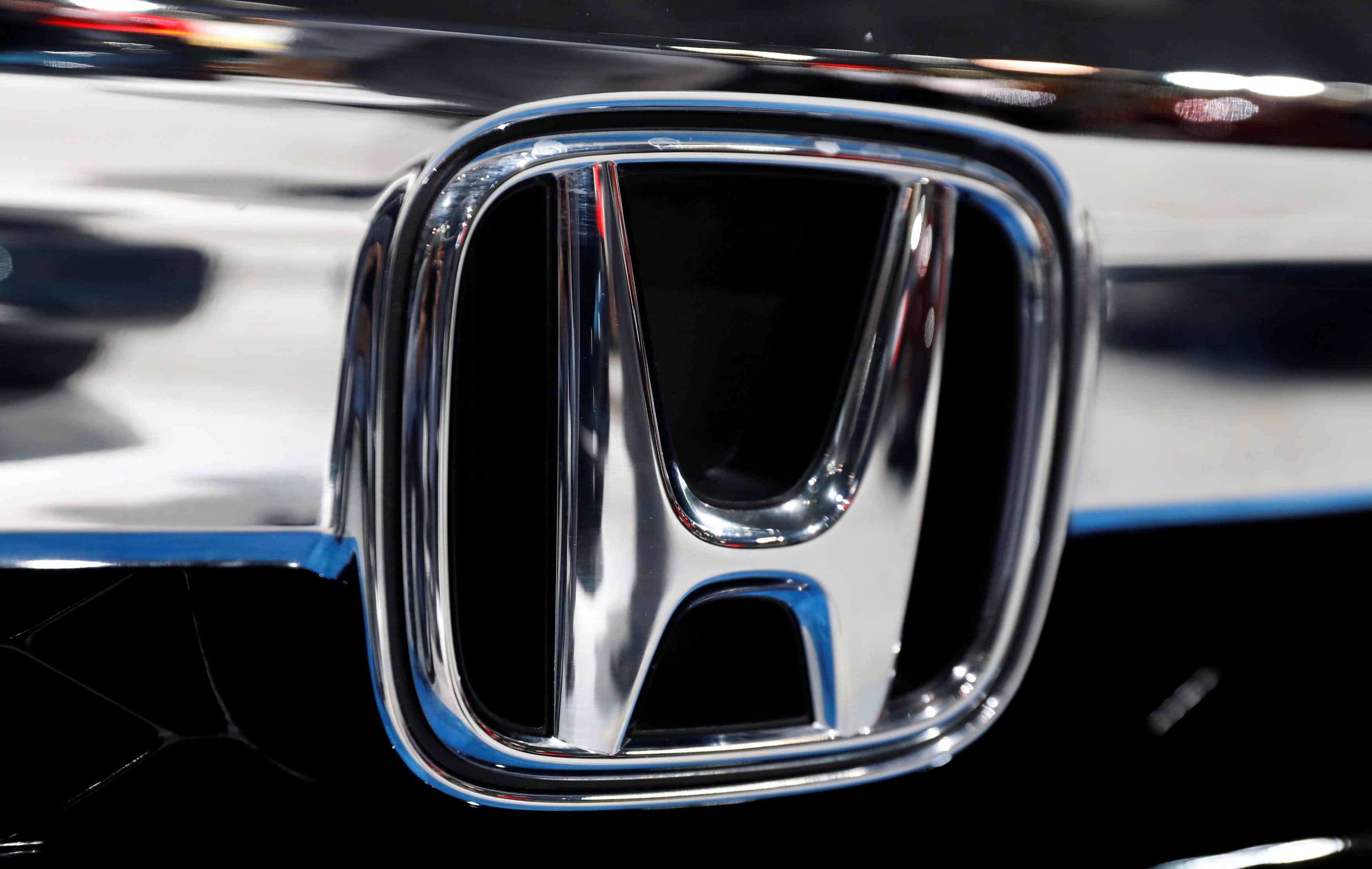
Japan’s 2nd and 3rd largest automakers, Honda Motor and Nissan Motor, will sell a combined 250,000 fewer cars in the current financial year as a global shortage in semiconductor chips hits production.
The automakers made the announcement as they unveiled brighter outlooks for the financial year ending March 2021 as automobile markets, led by China, rebounded from a coronavirus-induced slump. Honda and Nissan also reported better-than-expected results for the October-December quarter.
But Honda cut its sales target by 100,000 vehicles, or 2.2%, on Tuesday, February 9, to 4.5 million cars, while Nissan lowered its target by 150,000 vehicles, or 3.6%, to 4.015 million units as a chips shortage forced both companies to curb output.
“Popular models that sell well were hit hard by semiconductor shortage,” Seiji Kuraishi, Honda’s chief operating officer, said during an online press briefing. “We needed to swap around and adjust production plans. But that wasn’t enough,” he added.
The global automobile industry has been grappling with a chip shortage since the end of last year, which has in some cases been exacerbated by the former United States administration’s sanctions on Chinese chip factories.
Asian chipmakers including Taiwan Semiconductor Manufacturing Company are expanding production to make up for shortages, but have warned that it may take some time to crank up output.
Some companies such as Japan’s Renesas Electronics are also seeking price hikes for semiconductors that control engines, sensors, and other automotive systems.
Honda’s Kuraishi predicted that the shortage would ease in the 1st half of 2021.
His company last month cut output by about 4,000 units, mainly its Fit and Jazz models, and is also reducing output of 5 models at 5 facilities in the United States and Canada.
China’s GAC said its joint venture with the automaker had received warnings on supply of certain models.
Nissan said it is reducing production of its best-selling Note compact car, featuring new hybrid technology, at its Oppama plant in Kanagawa prefecture, Japan.
It is also making short-term output adjustments at its North American operations, including 3 non-production days on the truck line at its Canton, Mississippi, facility.
“We are mitigating the impact of the semiconductor shortage and doing our best to minimize the negative impact,” Nissan chief executive Makoto Uchida said during a livestreamed media briefing.
Improved outlooks
Nissan, which is pulling back from the global expansion pursued by ousted chairman Carlos Ghosn, on Tuesday cut its operating loss forecast by more than a third helped by China sales and cost cuts.
It now expects an operating loss of 205 billion yen ($1.96 billion) in the year ending March 31 compared with an earlier 340-billion-yen loss prediction.
Nissan’s revised operating loss is smaller than a Refinitiv SmartEstimate of a 230.1-billion-yen loss drawn from analysts.
China’s auto market grew by 6.4% in December as it continued to lead the industry’s recovery from the COVID-19 pandemic.
Mitsubishi Motors Corporation, a junior partner in the 3-way alliance that includes Nissan and Renault SA, also cut its operating loss forecast on February 2.
The Nissan-Renault pair were among the weakest global automakers going into the coronavirus crisis, lacking a clear plan for using their alliance to emerge from the slump and share the burden of investing in electric vehicles and other technology.
The latest full-year operating profit forecast from Honda, which is also benefiting from the demand rebound in China and elsewhere, is for 520 billion yen, up from the 420 billion yen profit it predicted 3 months ago. – Rappler.com
Add a comment
How does this make you feel?
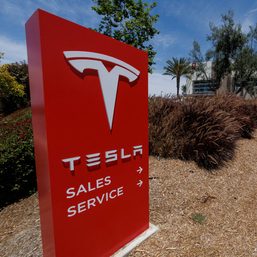
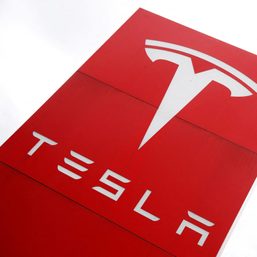
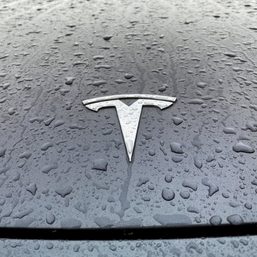

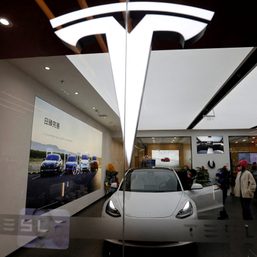
There are no comments yet. Add your comment to start the conversation.